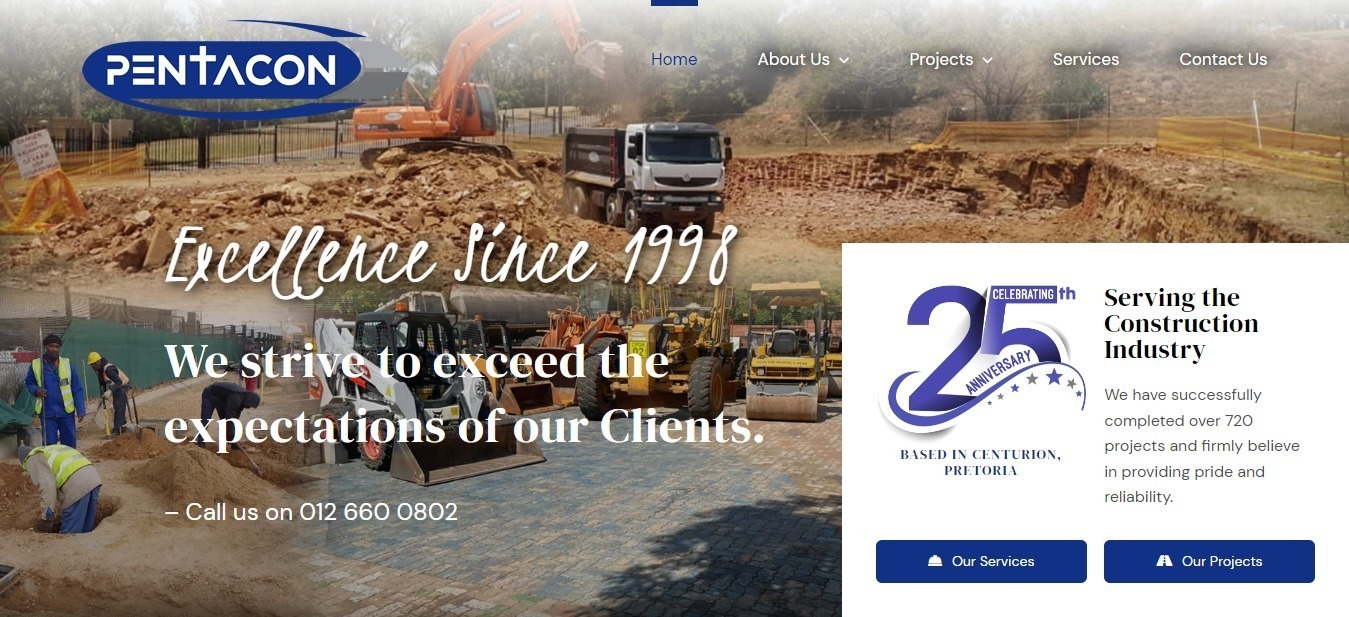Finest Practices for Creating User-Friendly Web Design
In the ever-evolving landscape of internet design, establishing an user-friendly interface is extremely important for involving target markets and driving conversions. As we check out these fundamental principles, it comes to be clear that efficient individual experience style not just meets individual assumptions however likewise sets the stage for much deeper engagement.
Simplify Navigating
A structured navigation system is essential for enhancing user experience on any type of website. Effective navigating allows users to locate the info they seek rapidly and effortlessly, consequently reducing aggravation and boosting the likelihood of interaction. A clear layout that categorizes material realistically is critical; customers need to with ease understand where to click for certain info.
Utilizing a basic top-level navigating bar, matched by drop-down food selections for subcategories, help in maintaining an organized framework. It is essential to limit the number of major navigation web links to avoid frustrating users; generally, five to 7 alternatives are ideal. In addition, using detailed labels enhances clearness, allowing customers to determine the content of each area at a look.
Integrating a search feature additionally enriches the navigating experience, especially for content-rich web sites. This feature empowers customers to bypass standard navigating courses when searching for certain details. Regular design elements throughout all pages strengthen experience, enabling individuals to navigate with self-confidence.
Enhance for Mobile

First of all, adopt a responsive style technique that immediately changes the design and content based upon the screen size. This adaptability ensures that individuals have a regular experience across tools. Next off, focus on touch-friendly user interfaces by guaranteeing switches and links are easily clickable, lessening the need for zooming.
Additionally, consider the value of succinct material presentation. Mobile customers frequently seek fast information, so using methods like collapsible food selections or accordions can boost functionality without frustrating the user. Furthermore, guarantee that font styles are readable, and photo dimensions are maximized for faster loading.
Lastly, examination your website on various mobile gadgets and operating systems to recognize possible problems. By addressing these components, you will create an instinctive mobile experience that keeps customers engaged and urges them to explore your offerings better - Web Design Pretoria. Prioritizing mobile optimization is vital for attaining an easy to use website design in a progressively mobile-centric globe
Enhance Loading Rate
Filling speed is a vital element that can substantially influence individual contentment and involvement on an internet site. Research studies show that customers anticipate pages to fill in two secs or less; beyond this threshold, the probability of desertion increases substantially. Therefore, optimizing loading speed is vital for preserving visitors and improving total site performance.
To improve filling speed, several ideal techniques should be implemented. In addition, utilize internet browser caching to store copies of data in your area, making it possible for faster load times for returning site visitors.

Use Regular Style Components
Establishing a cohesive aesthetic identity is vital for improving user experience on a site. Regular style elements, including color pattern, typography, switches, and design structures, produce a unified look that assists individuals navigate easily. When view customers experience acquainted patterns and designs, their cognitive lots is lowered, enabling them to concentrate on content instead of decoding differing layout elements.
Utilizing a standard color scheme strengthens brand name recognition and fosters an emotional connection with customers. Preserving regular typography-- such as font styles, dimensions, and weights-- guarantees readability and contributes to a polished look. In addition, consistent button styles and interactive elements guide users with ease via the site, boosting usability.
Furthermore, a cohesive format aids develop an arranged flow of information, making it easier for users to absorb and find content. Each page ought to reflect the very same layout principles to stop confusion and disorientation.
Prioritize Access
A natural aesthetic identification not just improves navigation yet also sets the stage for prioritizing accessibility in website design. Access makes sure that all individuals, consisting visit site of those with specials needs, can engage and browse with a web site efficiently. To accomplish this, internet designers have to adhere to developed guidelines, such as the Internet Web Content Availability Guidelines (WCAG)
Implementing features like alt text for images, keyboard navigability, and suitable color comparison can significantly enhance the user experience for individuals with visual, acoustic, or cognitive disabilities. It is vital to utilize semantic HTML to structure content rationally, enabling assistive modern technologies to convey and interpret info accurately to users.
Furthermore, supplying several ways of engagement-- such as text alternatives for audio and visual material-- can accommodate varied individual requirements. Routine functionality screening with participants who have specials needs can reveal possible barriers that may not be quickly apparent during the layout stage.
Ultimately, prioritizing ease of access not only abides with lawful requirements yet also expands the potential target market, promotes inclusivity, and improves total site functionality (Web Design Pretoria). By installing ease of access into the style process, designers can create an extra equitable electronic landscape for everybody
Conclusion

As we discover these foundational principles, it becomes clear that effective customer experience style not only meets individual assumptions yet also establishes the phase for deeper engagement. Mobile individuals commonly look for quick info, so employing techniques like collapsible food selections or accordions can boost functionality without frustrating the user. When individuals encounter familiar patterns and designs, their cognitive lots is decreased, enabling them to focus on web content instead than deciphering varying design elements.
In recap, implementing best practices for easy to use internet style dramatically boosts the general individual experience. Adhering to these standards promotes a favorable connection in between users and electronic systems, ultimately advertising customer fulfillment and retention.